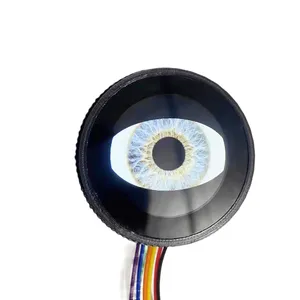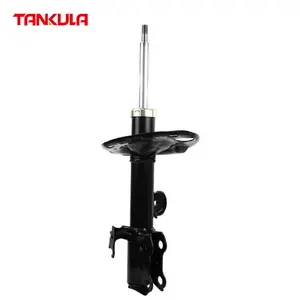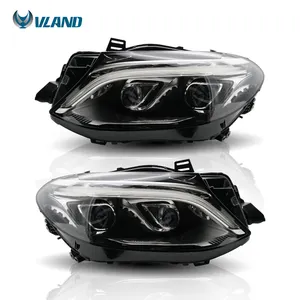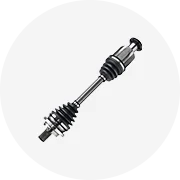

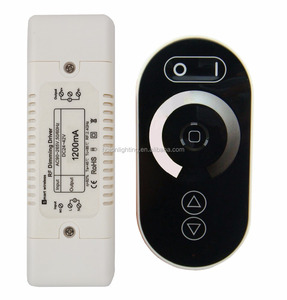




















24v - 60v dc输入恒流发光二极管驱动器3w 9w 10w 12w 15w发光二极管驱动器300mA 400毫安900毫安dc发光二极管驱动器
全球批发
¥8.74 - ¥10.76
最小起订量: 5 pieces
每件装运: ¥22.08


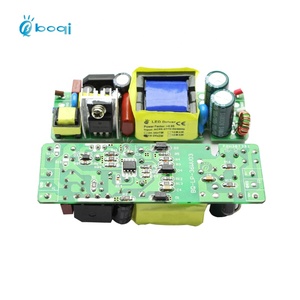









隔离式 QH7-13X2W 25w 太阳恒流暗能量 LED 灯泡驱动器 21-45V 20W 400ma led 驱动程序
全球批发
¥7.00 - ¥9.38
最小起订量: 100 pieces
每件装运: ¥2.24






12v 24v 24v直流36v 6w 24w 36w 54w贸易250毫安300毫安320毫安350毫安400毫安450毫安500毫安550毫安600毫安700毫安750毫安900毫安1500毫安发光二极管驱动器
¥32.47
最小起订量: 500 pieces
每件装运: ¥6.50






ZENYUAN恒流发光二极管驱动器25W 27W 30W 36W 39W 42W 250mA 300mA 400mA 525mA灯发光二极管驱动器发光二极管隔离驱动器
¥11.26 - ¥13.28
最小起订量: 1000 pieces






新型发光二极管产品2022 DC 48v P68-BM48 300mA 400mA 600mA 700mA空载保护Dip开关发光二极管驱动器
全球批发
¥5.78 - ¥11.98
最小起订量: 50 pieces
每件装运: ¥96.47






EUP-075S070SV invenonics 400毫安 450毫安 550毫安 600毫安 350毫安 500毫安恒流 LED 驱动器
全球批发
¥124.82 - ¥134.06
最小起订量: 2 pieces
每件装运: ¥168.76






cUL ETL led驱动器恒流可调光led驱动器300mA 350mA 400mA 450mA 500mA 700mA 900mA 1000mA
¥7.22 - ¥14.43
最小起订量: 1 pieces


















热卖定制或标准400毫安发光二极管驱动器DC 220伏输出发光二极管应急单元,用于8W 18W 20w发光二极管管发光二极管筒灯
¥79.37 - ¥82.98
最小起订量: 50 pieces
每件装运: ¥23.81






42V 48V 10w 100mA 150mA 200 mA 250mA 300mA 350mA 400mA多输出发光二极管驱动器大理三端双向可控硅0-10V 1-10V脉宽调制调光发光二极管驱动器
¥80.52 - ¥114.80
最小起订量: 1 pieces





Seestar防水SELV 9W-16W AC220-240V DC24-40V 400mA PF>0.8无闪烁1KV TUV SAA CE ERP发光二极管壁灯发光二极管驱动器
¥15.30 - ¥16.96
最小起订量: 5000 pieces






LTECH SE-12-100-400-G1T 12W 100mA ~ 400mA智能发光二极管驱动器恒流双向可控硅可调光驱动器
¥61.33 - ¥72.15
最小起订量: 1 pieces
每件装运: ¥103.32


















LTECH授权AD-10-100-400-G1A 10W 100-400mA恒流发光二极管智能驱动器,具有4合1调光功能
全球批发
¥225.83 - ¥252.53
最小起订量: 1 pieces
每件装运: ¥259.74
头部产品类目
关于400ma led司机
Alibaba.com有一系列。 400ma led司机可供选择。这些灯是照明技术的最新趋势,其优点将改善您的夜间驾驶体验。为此切换您的暗大灯。 400ma led司机可提高亮度。它们产生聚焦的光束,该光束具有强大的清晰度。这些。 400ma led司机投射的光线更远,让您看得更清楚,从而确保驾驶更安全。
Alibaba.com为您提供了广泛的选择.. 400ma led司机的供应商和批发商可以访问网站上的不同产品并获得大量优惠。您还可以通过安装这些装置,使您的汽车具有豪华的外观。 400ma led司机。这些灯看起来很吸引人,您还可以从多种颜色选择中进行选择,以使前灯充满活力,而不会影响亮度。的。 400ma led司机来自受信任的制造商,并保证质量。
您可以安装这些。 400ma led司机可以轻松使用基本工具,因为LED灯泡的插头与旧灯泡的插头相似,并且易于拧紧。这样可以确保安装时不需要额外的附件或接线。这些。 400ma led司机会为您节省更长的维护时间。它们还具有高能效,不会给您的汽车供电造成压力。
找到最好的。在阿里巴巴网站上400ma led司机来增强您的车灯质量,以改善夜间的视野。您可以从多种品种中进行选择,以确保您得到想要的。购买优质头灯可在不损害安全的情况下节省资金。



